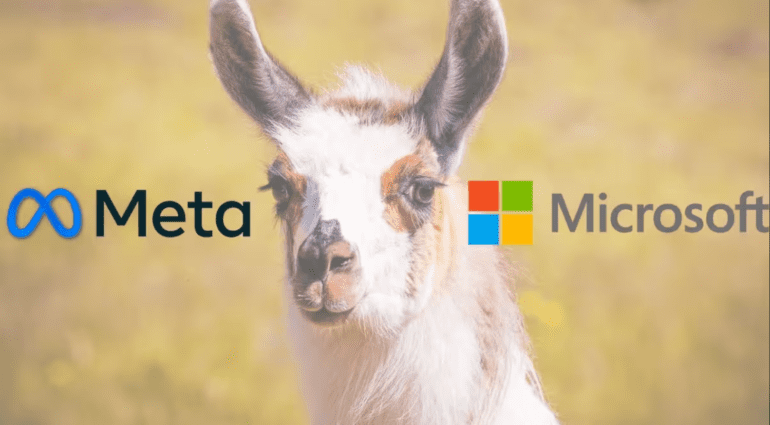TL;DR:
- Meta’s Llama 2, an open-source large language model (LLM), has put pressure on OpenAI’s long-awaited G3PO LLM.
- Meta’s decision to offer Llama 2 to businesses for free disrupts revenue streams for other LLM developers.
- G3PO’s lack of a specific release date might initially hinder its competition against Llama 2.
- OpenAI is considering a hybrid approach, combining proprietary and open-source models.
- The company is actively engaged in other ventures, including controlling advanced AI and journalism-based AI projects.
- OpenAI’s forthcoming app store will provide developers with new opportunities to leverage its models.
Main AI News:
In the competitive arena of large language models (LLM), the latest development from Meta, the Llama 2, has spurred OpenAI into action with its own highly-anticipated G3PO open-source LLM. According to a reliable report from The Information, OpenAI has been diligently toiling away on G3PO for some time now. However, the company has remained tight-lipped about any official announcements or a potential release date. Nevertheless, Meta’s recent partnership with Microsoft to distribute and license Llama 2 has undoubtedly added pressure on OpenAI to accelerate the progress of G3PO.
Meta’s move to offer Llama 2 to businesses for free, albeit with big tech companies still having to pay for the data, has disrupted the revenue streams of various LLM developers, including OpenAI and Google. This strategic decision has garnered considerable attention and favor from brands grappling with choices among different LLM and generative AI software providers. Llama 2, with its upgraded capabilities like a doubled context window and a 40% larger training database, has certainly elevated the competition to new heights.
Leaked reports about OpenAI’s work on an open-source model began surfacing a couple of months ago, but only now has it been bestowed with the name G3PO. The absence of concrete release dates, however, suggests that G3PO might face an initial disadvantage in competing against Llama 2. Despite this, OpenAI appears to be considering a hybrid strategy of combining both proprietary and open-source models to increase their chances of success. Nonetheless, there are concerns that developers might be drawn to Meta’s recognizable brand and its open-source models more rapidly than OpenAI would prefer, thereby necessitating the possibility of an accelerated timeline for G3PO’s debut.
Beyond the ambitious pursuit of G3PO, OpenAI remains active in several other ventures. Notably, the creation of the Superalignment group, focused on controlling advanced AI, showcases the company’s commitment to responsible AI development. Additionally, OpenAI has embarked on AI projects in the field of journalism, further diversifying its portfolio of offerings. The introduction of the Custom Instructions features hints at the potential for a fully personalized ChatGPT assistant, which could be a game-changer in the AI space. Moreover, with the impending launch of an app store, developers will soon have access to various tools and applications to harness the capabilities of OpenAI’s models, ushering in a new era of possibilities for AI-driven innovation.
Conclusion:
The rivalry between Meta’s Llama 2 and OpenAI’s G3PO indicates intense competition in the large language model market. Meta’s strategic move has implications for other LLM developers, as they now face challenges in offering competitive pricing and value to businesses. OpenAI’s approach of exploring both proprietary and open-source models showcases their adaptability, but the race to win developer adoption is fierce. The success of G3PO’s launch may shape the landscape of the market, as businesses and developers seek the most efficient and effective LLM solutions for their needs.

